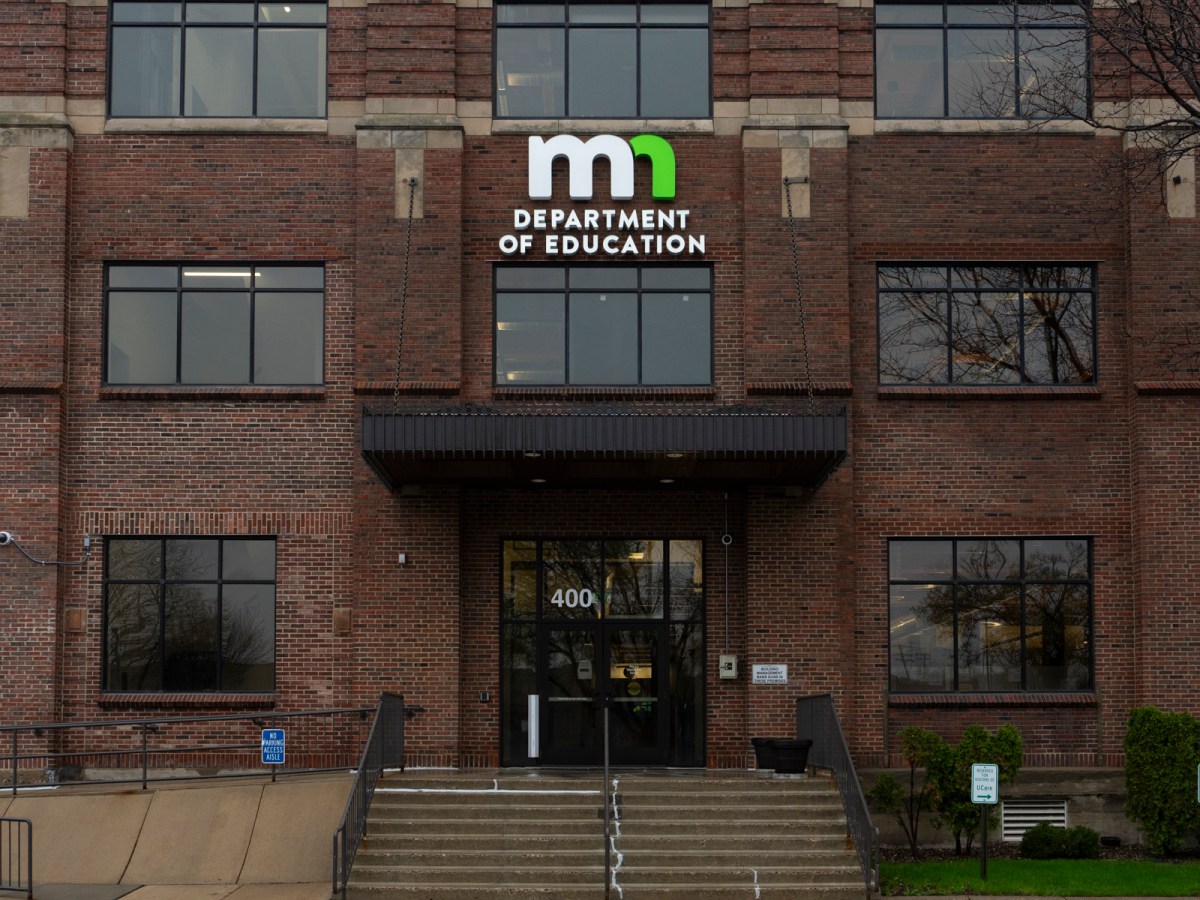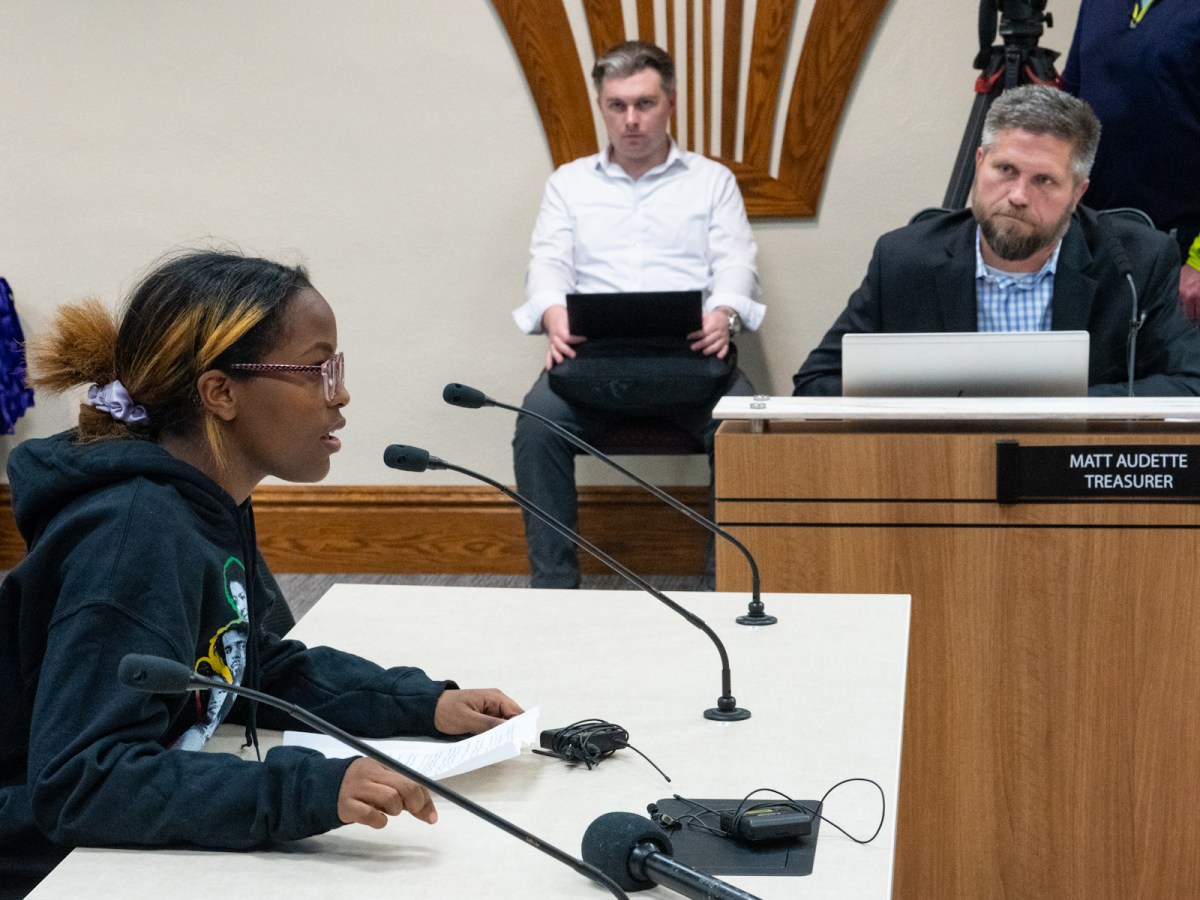After a pandemic-induced pause of more than three years, student loan repayment is set to begin again—posing a new economic challenge to millions of Americans.
First, some critical context: Americans collectively owe $1.77 trillion in student loan debt, with that debt disproportionately held by students of color and their families.
President Joe Biden attempted to partially fulfill a campaign promise by canceling more than $400 billion of that debt last year, but the conservative-dominated U.S. Supreme Court blocked his plan in June. Chief Justice John Roberts argued that the administration was “rewriting” federal law in its attempt to cancel the debt.
The Court’s decision means that millions of Americans who expected relief on their student loan burden won’t get it, making the importance of deciphering the complex repayment system all the more important.
related sTORIES
When do payments restart?
October 1.
How much will I owe?
The amount of money borrowers must pay per month on their student loan balance is determined by how much money they owe in total. If you have the national average student loan debt of around $28,000, your monthly payment would likely be around $300.
Most student loans accrue interest over time, meaning it behooves borrowers to pay them back as quickly as possible.
What are my options if I can’t make my monthly payment?
If you can’t make your monthly payment, there are options: you can apply for an income-driven repayment plan (IDR), or request a temporary payment pause.
If you don’t pay over a prolonged period of time, you could default on your loans and experience broader financial harm.
How can I lower my monthly payment?
You may have a few options. The SAVE Plan is a new income-driven repayment plan, while select public service employees and teachers can also get some or all of their debt canceled.
There are also forgiveness options for people who are unable to work due to a disability.
What is the SAVE Plan?
The Biden administration launched the SAVE Plan in August, in the aftermath of the Supreme Court’s decision striking down the loan forgiveness program, calling it the “the most affordable student loan repayment plan ever.”
Under the plan, monthly payments are calculated based on the borrower’s income and family size instead of their loan balance. Enrollment in the plan also reduces the percentage of discretionary income borrowers have to use to pay their loans from ten percent to five percent each month and stops the Department of Education from charging monthly interest on loans.
There is no income requirement to enroll in the plan—all direct loan borrowers should be eligible.
The process for qualifying for other, job-specific repayment relief plans is slightly less straightforward. Teachers looking to qualify for the teacher-specific plan must teach full time for five straight academic years in a low-income school or educational service agency, while public service employees must make sure their government or not-for-profit organization qualifies for the program.
Who can I contact with questions?
Your loan servicer is likely the best place to go with questions. The U.S. Department of Education also has information about loan repayment on its website.






